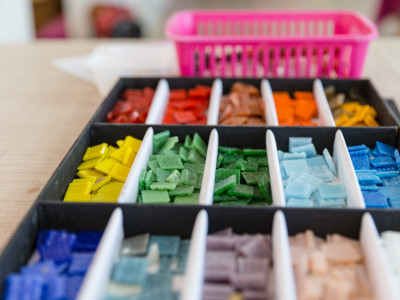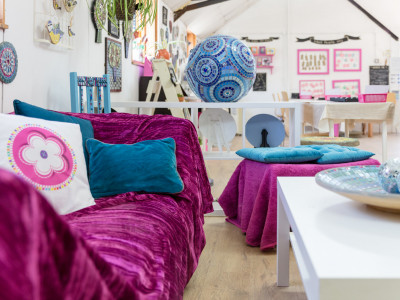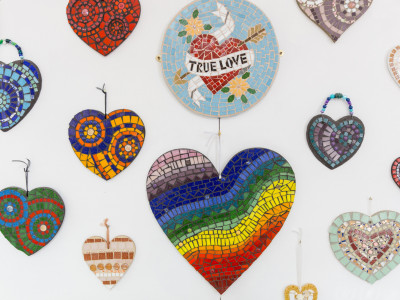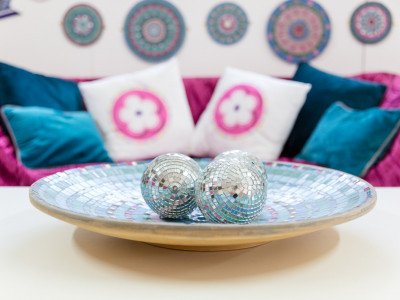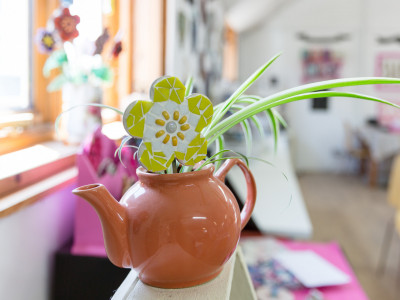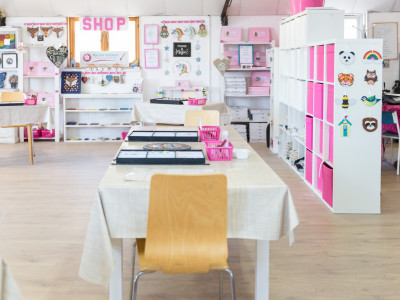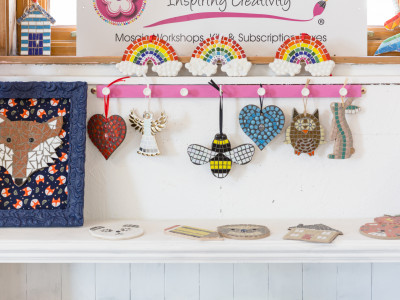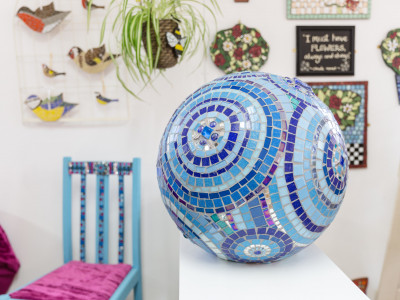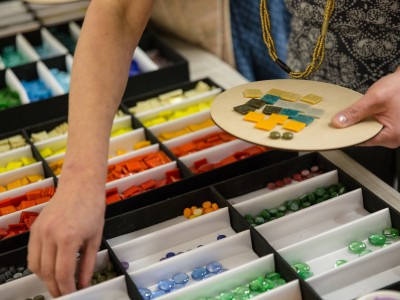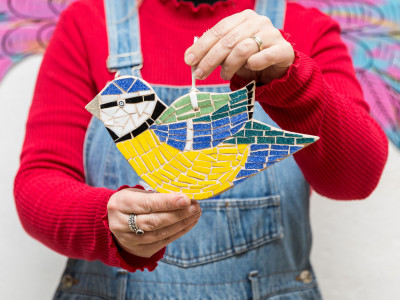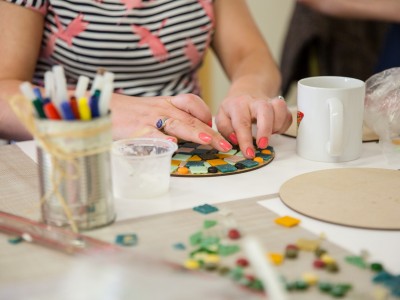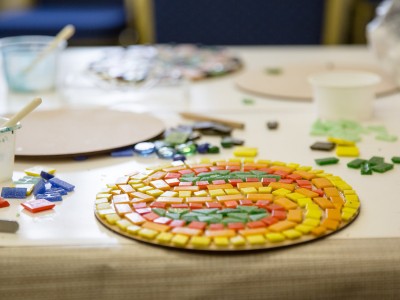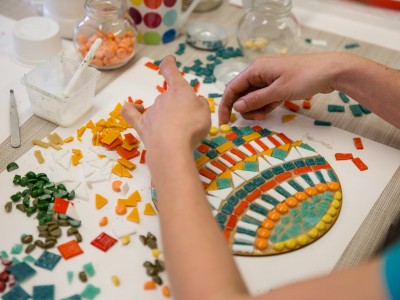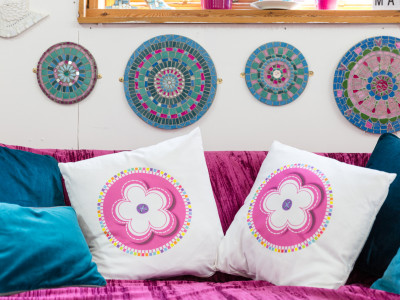
Here’s a question for you. What do a clogged up mascara wand, a pair of cage fighters and a printing press all have in common? Baffled? Then let me enlighten you.
At some point in the last few months, they’ve all had a generous covering of Bideford Black. For those of you who have not come across Bideford Black before, it is a raw material found on the cliffs around the north Devonshire town of Bideford and boy is it black. It is a dirty, filthy, dusty, chalky material, which covers anything that comes into contact with it.
Just over 12 months ago, eight artists were commissioned to create new artwork using and responding to this incredible, natural substance and their combined efforts are currently on display in an exhibition entitled ‘Bideford Black – a New Generation’, at the Burton Art Gallery and Museum. Last week I went along and had a look.
I arrived at the gallery and entered a rather clinical looking space. There were no colourful pictures to greet me, but instead a collection of monochrome images, some of which looked more like scientific experiments than works of art. Looking around I tried desperately to make sense of what I saw, how the artists were inspired and how they felt about working with this filthy black medium. What was the connection that they’d like me to make? I had no idea. I tried to understand why there was a suit, caked in a black powdery residue, but I have to say, I really wasn’t ‘digging it’. I moved on around the room and looked at a large, wall-mounted piece that appeared to have smudged foot prints on it. Unfortunately, I didn’t really get the deeper message with this piece either. And so it went on. There was a video on a loop, potions in small glass bottles to sniff and earphones to plug in and listen to. Yet after all these seemingly helpful interactive activities I was still left not feeling the love for Bideford Black.
I went through a second door and a film was about to start, so I took a seat. It was a documentary capturing the eight artists on their journey over the last twelve months, recording their feelings, responses and reasoning behind their pieces, plus their thoughts about this natural material that had become their new art medium. And it was fascinating. Suddenly the penny dropped and the clinical room of monochrome images made sense. It seems Bideford Black needs to be experienced and handled to really understand the material and that came across in the film. (I was also mildly amused to watch the artists talking with such passion and vigour about their work, process and end products, but oblivious to the random streaks of black across their cheeks or foreheads. It seems Bideford Black likes to leave its mark.) The film explained the link between the mascara wand, the cage fighters and the printing press, something that is not at all apparent as you view the pieces in the exhibition.
In this second room, there was also a small area set up for people to experience Bideford Black for themselves. The wall was lined with paper and covered with people’s sketches, doodles, scribbles and drawings made by those who had visited the gallery before me.
If you are in the area and want to know more about Bideford Black then pop into the Burton Art Gallery and Museum to see this exhibition, but be sure to take the time to watch the film at the end. It is an intriguing watch.
(Photo credit Carolyn Black. Flow Contemporary Arts.)

